Japanese graphic design has left a lasting impact on global design trends, influencing brand concepts, typography, packaging, user experience and more.
Among other things, the Japanese principle of minimalism and the art of blending tradition with innovation continue to inspire designers around the world.
Japanese Graphic Design Trends Used Globally
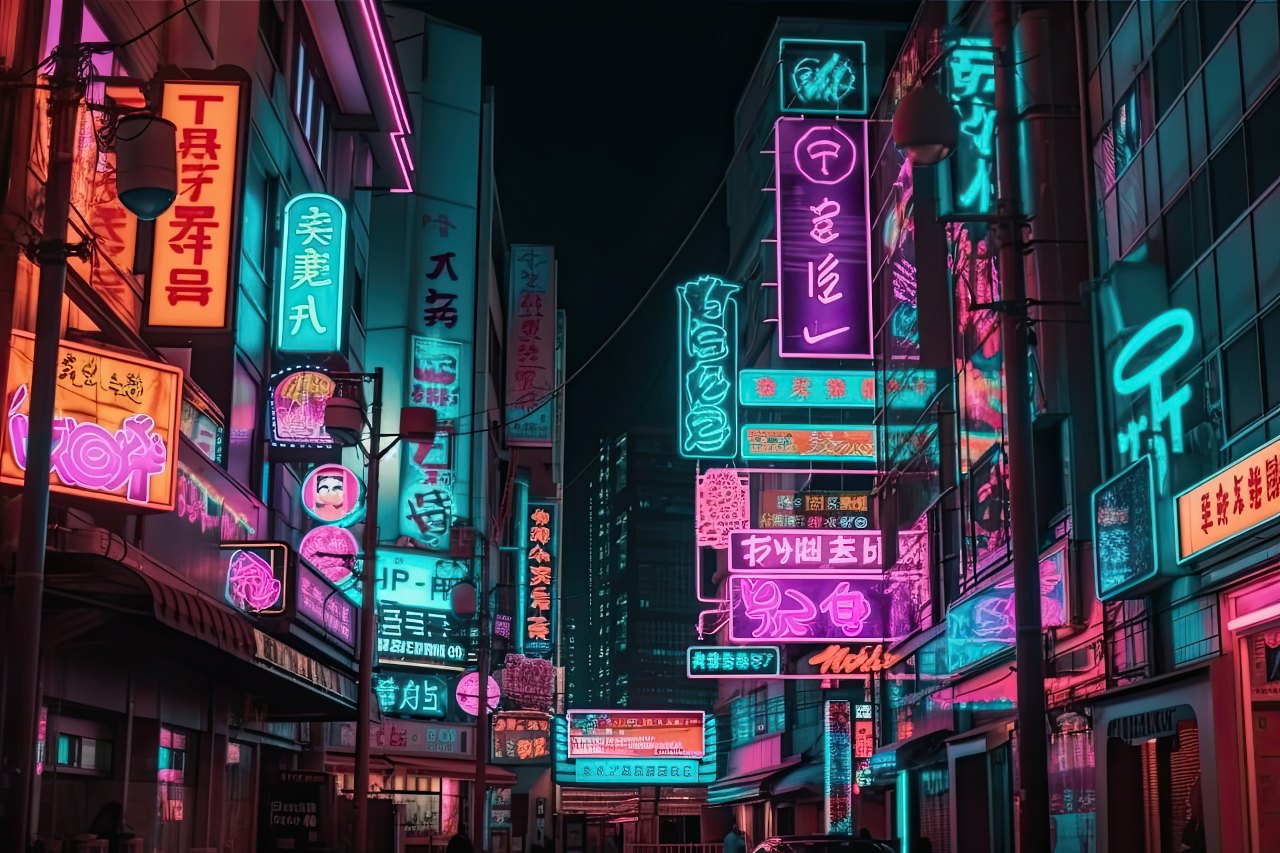
Unique Typography
Japanese graphic design frequently features bold and expressive typography. The use of unique fonts, calligraphy, custom lettering, vertical orientations and creative typographic layouts has influenced global typography trends.
Many designers emphasize the visual impact of text and pushing the boundaries of what it can achieve—inspiring designers worldwide to experiment with typography in innovative ways.
Minimalism and Simplicity
Many designers working in Japan place a strong emphasis on simplicity, minimalism, and clean aesthetics.
Rooted in traditional Japanese aesthetics and influenced by Zen Buddhism, Japanese minimalism can be seen as striving for a level of purity and harmony.
The concept of “less is more” and an emphasis on simplicity, functionality, and the elimination of unnecessary elements used in Japanese design has been embraced globally, influencing design trends across industries such as technology, fashion, and product packaging.
Learn More About Japanese Minimalism
Packaging and Product Design
Japan is known for its creative and innovative packaging design, where functionality and aesthetics are seamlessly integrated.
Packaging design has inspired global brands to rethink their product packaging, focusing on user experience, sustainability, and attention to detail.
Use of Negative Space
Japanese design often incorporates negative space to create visual balance and convey messages effectively.
Effective use of white space is a crucial aspect of minimal design in advertising and branding. It helps create breathing room between elements, enhances readability, and provides a sense of openness.
This approach has been widely adopted in global design, where designers look to leverage empty space strategically to enhance visual impact and communicate ideas more clearly.
Pop Culture and Manga
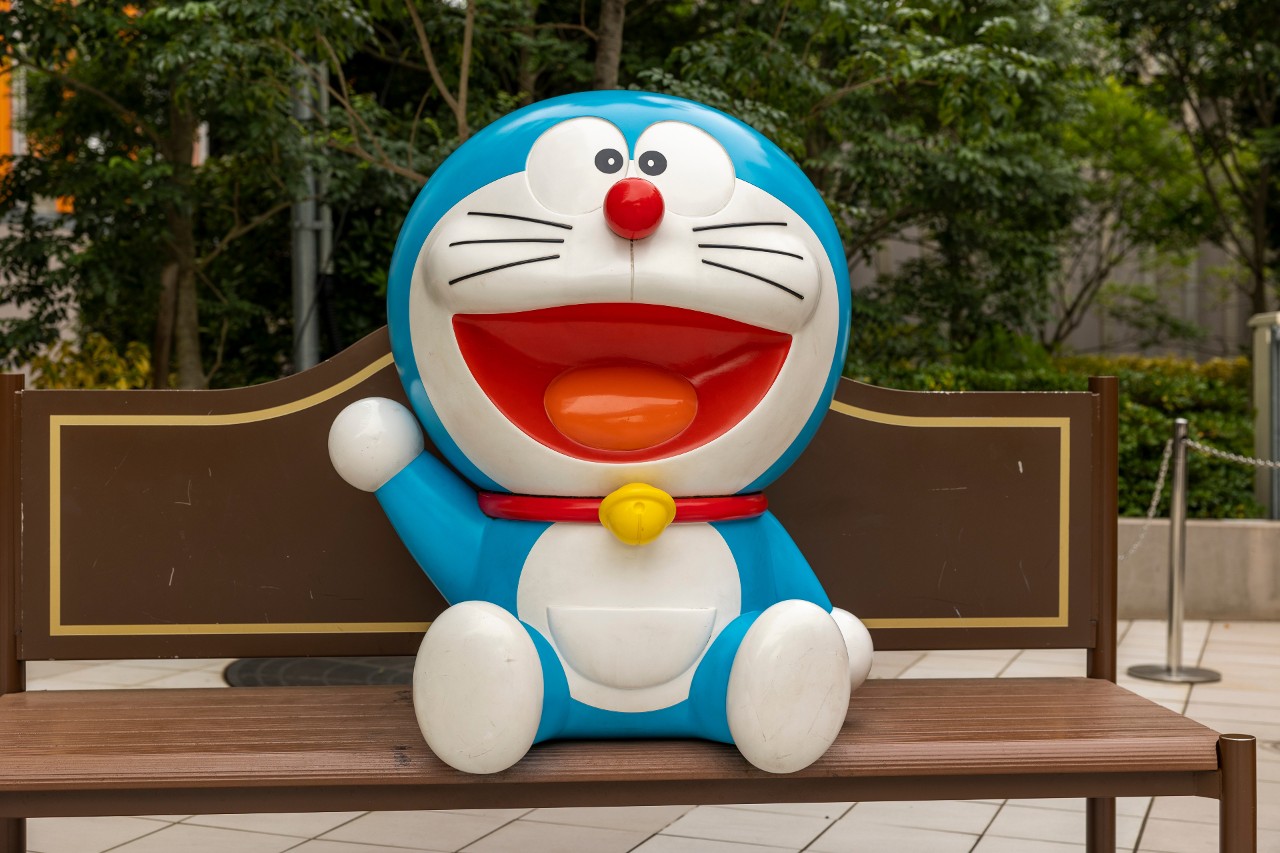
Japanese pop culture, including manga cartoons like the popular Pokemon and Doraemon, has had a profound impact on global design trends.
The vibrant colors, dynamic compositions, and expressive characters found in manga and anime have influenced diverse design fields, from illustration and advertising to fashion and entertainment.
Blending Tradition with Innovation
Japanese design often embraces a balance between tradition and innovation. The incorporation of traditional Japanese elements, such as calligraphy, patterns, and cultural symbols, into modern design has resonated globally, emphasizing the importance of preserving heritage while pushing creative boundaries.
User Interface and User Experience Design
Although some of the nation’s most popular websites like Yahoo! Japan still rely on traditional approaches to web design and UX, minimalist design has also become an integral aspect in Japanese web design.
The concept of “kanso” (simplicity), “shizen” (naturalness), and “seijaku” (silence) are often key to producing website and app experiences that are intuitive and user-friendly.
While Japan can’t take all the credit for the widespread use of this globally, it’s true that many UX and UI designers have taken influence from certain design principles rooted in Japanese graphic design.
Experimental and Avant-Garde Design
Japanese graphic design has a rich history of experimental and avant-garde approaches, challenging conventional design norms.
From adverts to branding, it’s common to see unconventional materials, clashing colors, boldness and abstract concepts in Japanese design.
Discover Top Japanese Advertising Design Trends
Most Influential Japanese Graphic Designers
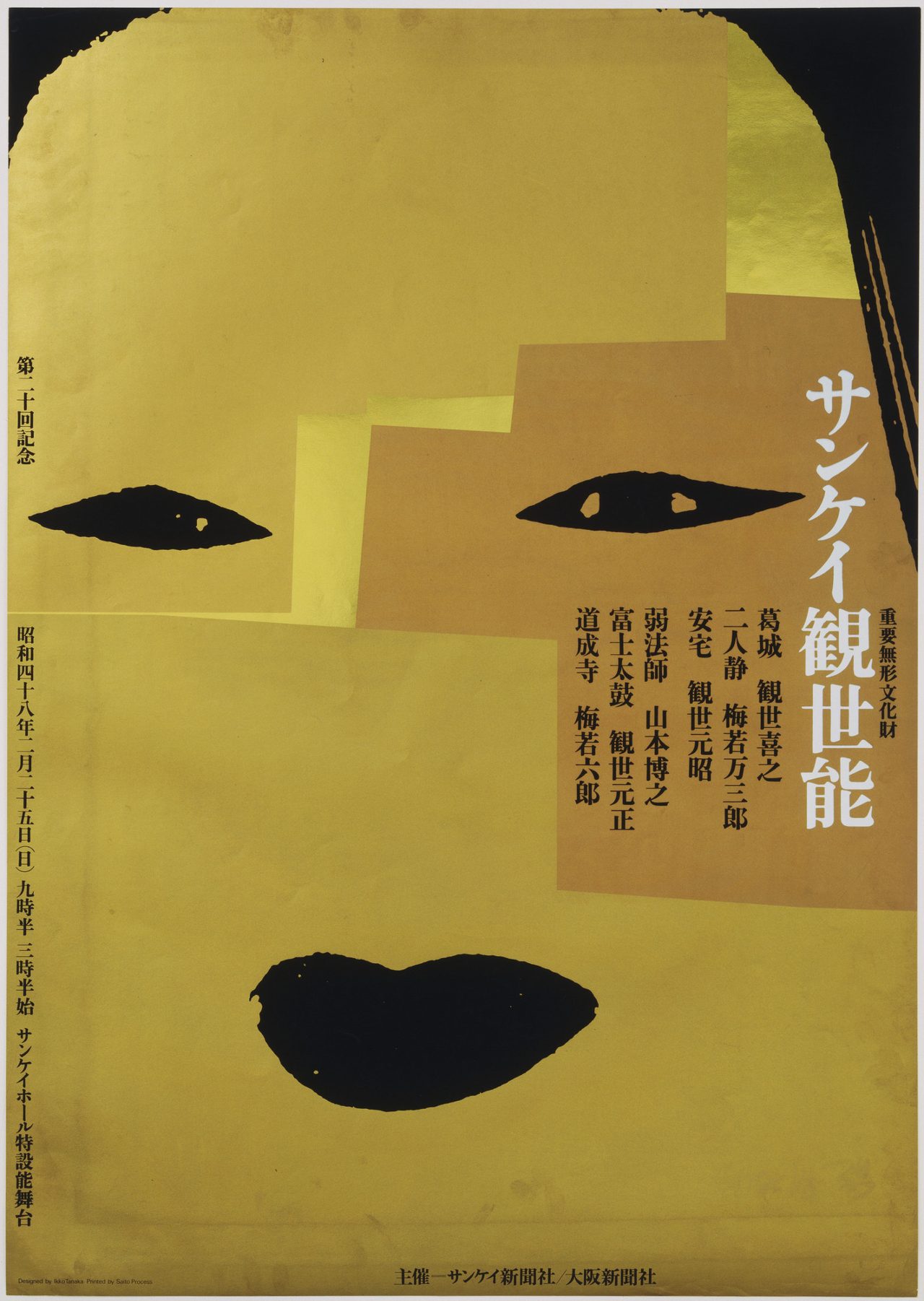
There are several highly influential and popular Japanese graphic designers who have made significant contributions to the field and whose unique styles and innovative approaches have earned them global recognition.
Ikko Tanaka
Ikko Tanaka was a renowned graphic designer known for his bold and innovative approach. His work spanned various mediums, including posters, corporate identities, exhibitions, and magazine designs.
Tanaka’s designs were characterized by a harmonious blend of traditional Japanese aesthetics and modern graphic techniques, resulting in visually striking and culturally resonant creations.
Tadanori Yokoo
Tadanori Yokoo is a nationally celebrated graphic designer, illustrator, and artist. He is recognized for his psychedelic and surrealistic style, combining traditional Japanese art with Western influences.
His designs often feature vibrant colors, intricate patterns, and a juxtaposition of disparate elements to create a sense of visual tension.
One of Yokoo’s notable contributions is his mastery of collage techniques. He incorporates a wide range of visual elements, including photographs, illustrations, typography, and cultural symbols, merging them into cohesive and captivating compositions.
Noritake
Noritake is a Japanese illustrator working in advertising, publishing and the fashion industry. He also creates prints, notebooks, t-shirts and other products with his minimalist illustrations.
Working mainly with clean lines and in monochrome with occasional flashes of blue or peach, his work often manages to distill emotions and actions into simple character illustrations that have been featured in many popular Japanese advertisements.
Shigeo Fukuda
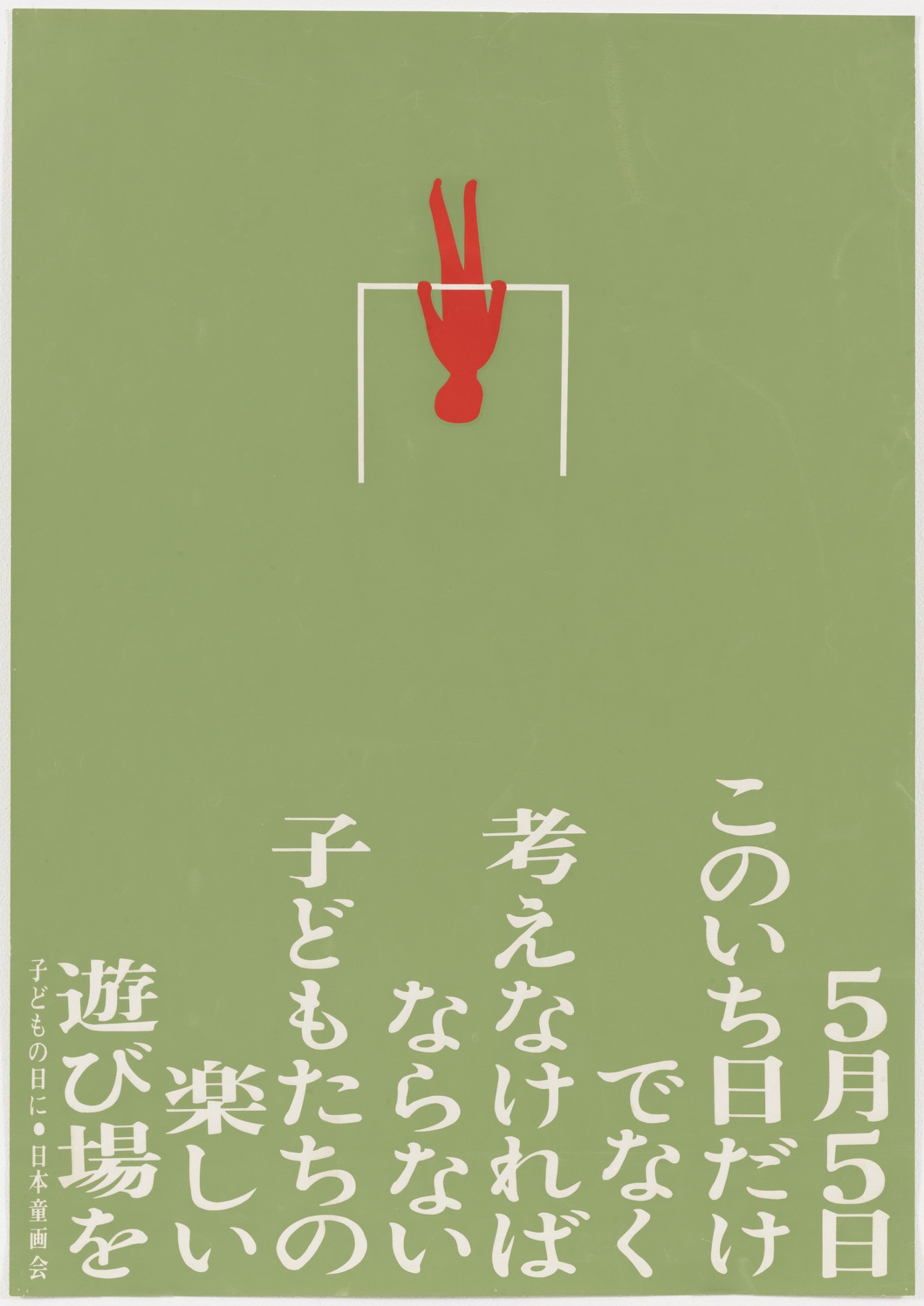
Shigeo Fukuda was a prominent Japanese graphic designer and sculptor. Fukuda’s designs were known for their simplicity, elegance, and deceptive simplicity. He had a remarkable ability to create striking visuals using minimal elements.
Through his minimalist approach, his work captivated audiences around the world and left a lasting impact on the field of graphic design.
Kazumasa Nagai
Nagai’s work is characterized by its bold, dynamic, and visually impactful style. He combines traditional Japanese aesthetics with modern graphic design techniques and his designs often feature strong compositions, vibrant colors, and a harmonious balance between text and imagery.
Nagai’s contributions to corporate branding have also been significant. He has developed iconic logos and visual identities for various organizations and institutions, effectively communicating their essence and values through visual design.
Ryohei Yanagihara
Ryohei Yanagihara was a highly influential graphic designer, illustrator, and art director. His work encompassed a wide range of styles, from abstract and avant-garde to commercial designs.
Yanagihara’s designs were often recognized for their vibrant colors, dynamic compositions, and playful imagery.
Kenya Hara
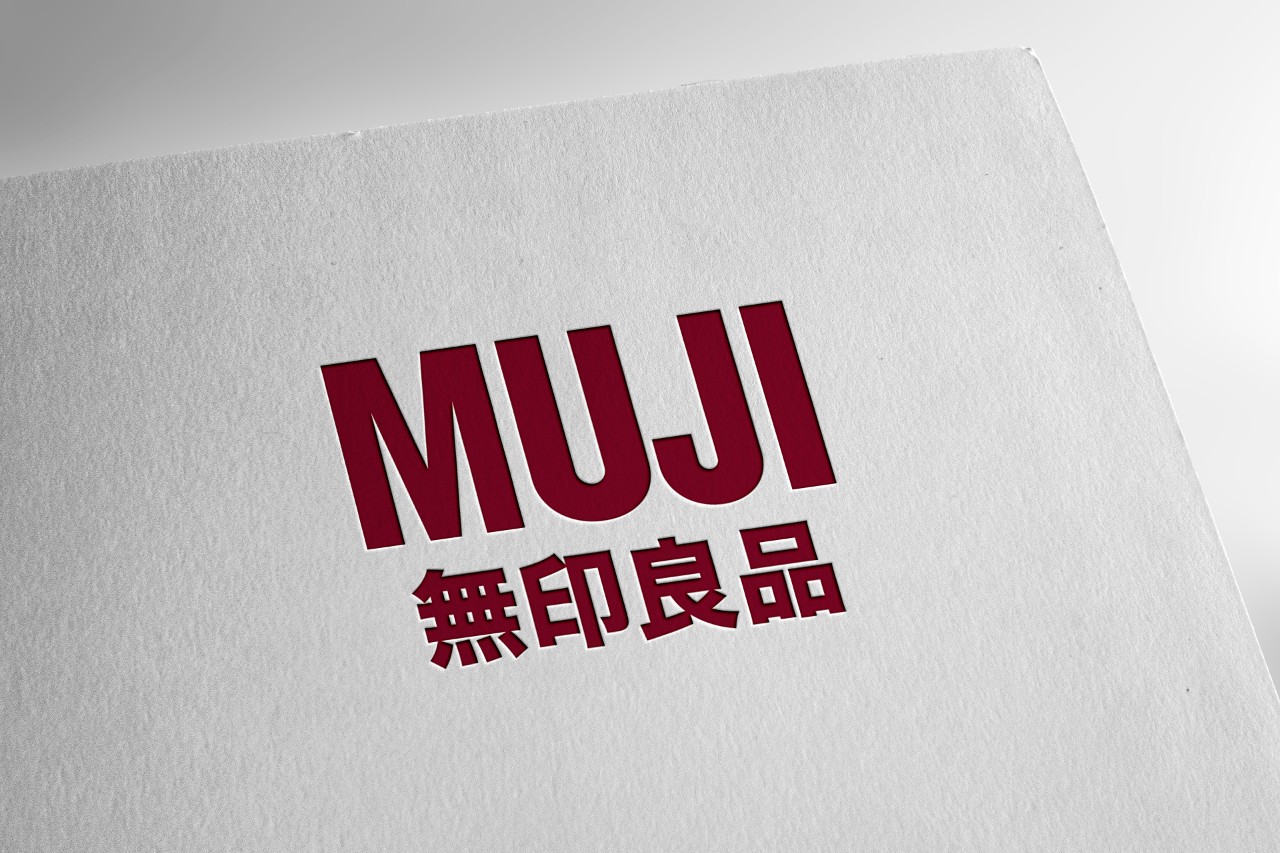
Kenya Hara is a contemporary graphic designer, art director, and curator. He served as the art director for Muji, a well-known Japanese lifestyle brand, and has made significant contributions to the field with his minimalist and human-centric design approach.
Masayoshi Nakajo
Masayoshi Nakajo became popular for creating striking visual identities, book designs, and exhibition graphics. Nakajo’s work often combines digital and analog techniques, pushing the boundaries of graphic design.
Eiko Ishioka
Eiko Ishioka achieved global recognition as a graphic designer, art director, and costume designer. Ishioka’s designs were known for their striking visual impact and unconventional approach.
She was known for challenging traditional norms and pushing boundaries, creating designs that were both visually stunning and thought-provoking. Her work often featured intricate details, vibrant colors, and a seamless integration of different artistic disciplines.
Final Thoughts
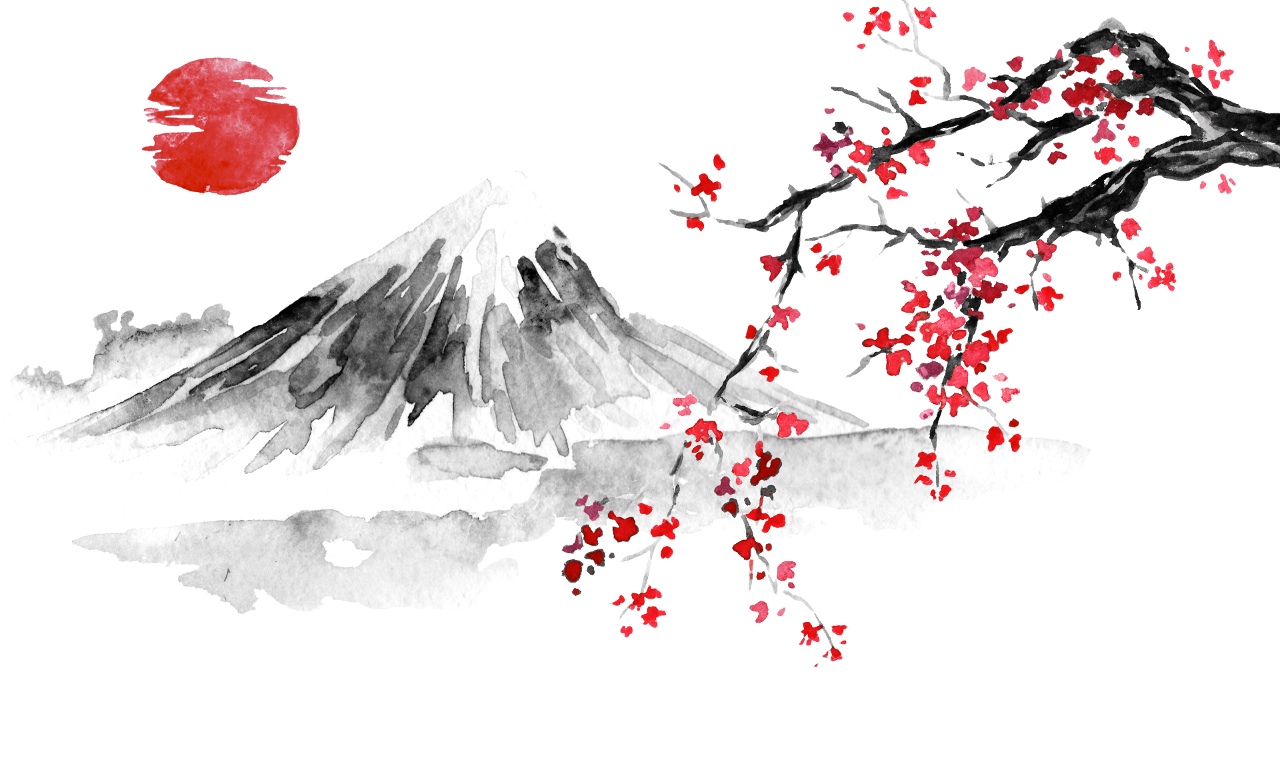
Japanese creative design and art carries a distinctive cultural identity that sets it apart from other design styles.
It reflects the rich history, traditions, and values of Japanese society, offering a glimpse into a unique cultural perspective that fascinates and captivates people from around the world.
Specifically, people continue to appreciate the work of designers working in Japan for their attention to detail, harmony of tradition and modernity, and the unique influence of Japanese pop culture.